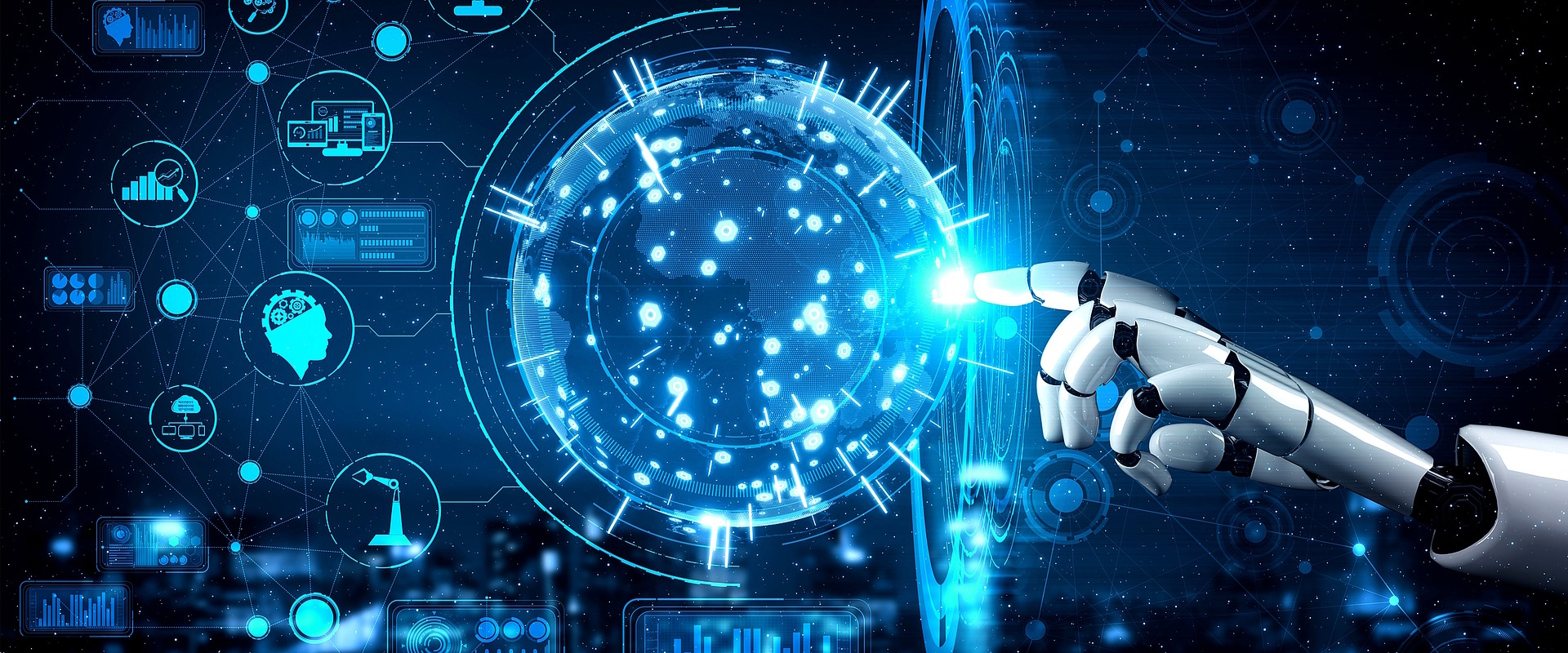
This article attempts to establish some clarity of confusion and to build up some motivation for its development. Classical computing is now limited by classical physics. Quantum computing is based on quantum physics- a domain that we do not really understand. The confusion comes from the lack of understanding.
Let us put classical computing and quantum computing into perspective first. Classical computing refers to mainframe computers, PC computers, and smart phone application processors. Computing is based on binary bits, each of which is either 0 or 1. It is either True or False in the context of logic. A semiconductor gate can add numerically 2 bits or compare the logic states of 2 bits. Quantum computing operates on quantum bits or qubits. One qubit can have the numeric value of 0, or 1, or 0 and 1 simultaneously. This is confusing because ‘0 and 1 simultaneously’ is not a number. This is called superposition- a very confusing property. An analogy is Schrodinger’s Cat (dead or alive) but let’s move on because it is not a nice example.
The other quantum property entanglement is more confusing. Two different qubits can have the same state irrespective of how far apart they are from each other. Three scientists obtained Nobel Prize in Physics as recent as 2022-10 for their works on entanglement. The closest equivalence in real life is biological twins.
Whilst the hardware circuitry of classical computing is well published, it is not the case for quantum computing due to intellectual patenting reasons. We do not know how entanglement is set up in quantum computing.
The British mathematician Alan Turing prescribed the conditions for programmable computing in about 1945. The prescription has since been applied to general purpose computing. As long as the algorithm meets the conditions prescribed, the algorithm can be programmed for computation irrespective of the types of applications. It is not yet the case with quantum computing. Peter Shor’s algorithm is the first specific purpose quantum application (for factorization of numbers) released in 1994. A few dozen specific purpose applications have since been created over the last 30 years. All application algorithms make use of quantum properties.
For a very large number such as having 250 digits to factorize into two or more prime numbers, all the world’s computers combined may take years to find the prime numbers. A quantum computer may take minutes. The resolution speed improvement is astronomical. Nevertheless, some quantum applications may only speed up 100 times, or none at all. We shall not be confused that quantum computing is a superset of classical computing. It is not.
The current state of development of quantum computing is akin to PC in 1950 until PC became available to laymen users in 1980. The main issues are that quantum states are volatile and could be erroneous in a very short time. The current attempt is to improve the stability of quantum states if it can be done at all. As at 2023-09, both hardware and software developments are far from optimized. Universities and major technology companies are investing heavily in quantum computing. A breakthrough may show up as soon as a couple of years. We look forward to it. Hopefully, readers may find this article not confusing though the subject matter is confusing. True?
Download this document:
Quantum Computing Confusing (N08)
Please note: To download this document, you require to be logged in as a SUBSCRIBER.
